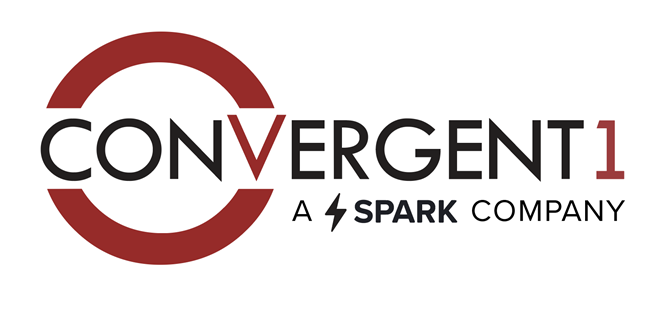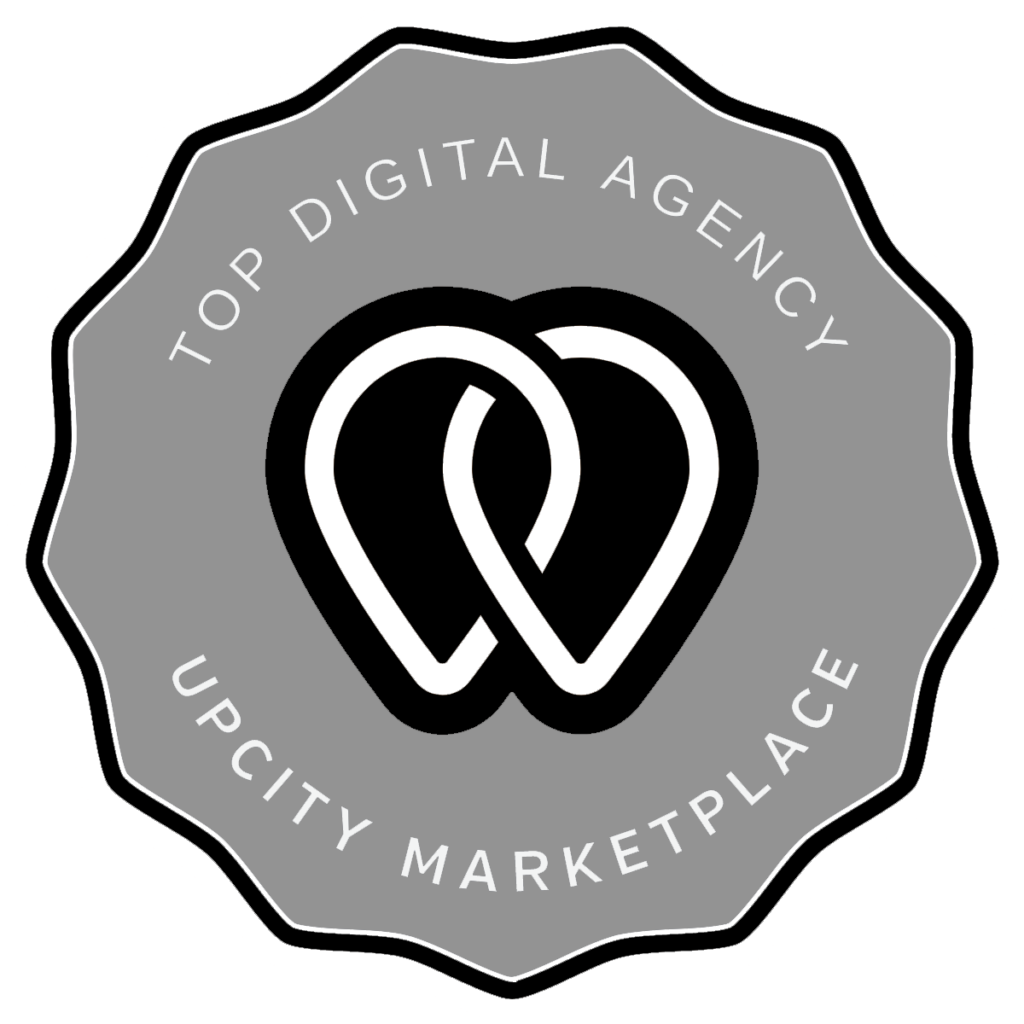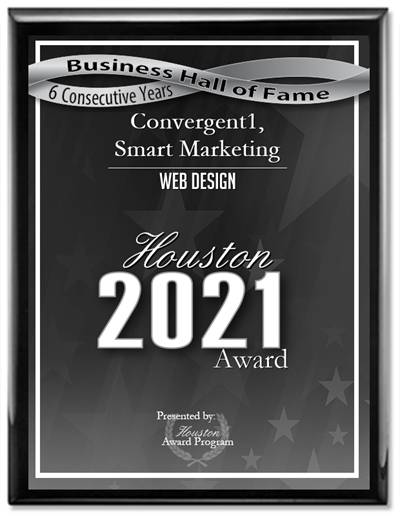The logo in modern times is often used as a practical identifier by which a company may be quickly recognized in a local or global setting, but it has an interesting origin through a succession of important discoveries and inventions. The utility of an instantly recognizable symbol was first exploited by administrators and governors at least as early as the fourth millennium BC with the official use of impression seals. The executive of a government would employ a seal with an official symbol that was used to mark clay and wax tablets, and which would act as a verification of authenticity just as a governmental seal on official documents does today.
Later, in the eighth century BC, the official seal was used as a guarantee of currency in the form of coinage. This initial origin of the logo, which was not so much for advertising as for official verification, would eventually extend to local advertising during the Roman Empire. In addition to distinguishing one place of business from another, signs with emblems advertised the goods and services provided in the large Roman towns.
In medieval Europe, the same was true of its inns and shops, which were always known by name and almost as often by sign. After the advent of the printing press of the renaissance, when printed copies were beginning to be daily produced in the hundreds during the seventeenth century, posters and pamphlets advertising theatrical plays and political speeches began to appear. Theater companies began to be recognized by logos that were familiar, but also slightly different with each new advertisement.
This occurrence was not only the first use of distributed logos (as contrasted with the local advertising of establishments), but it was the first time that the dynamic logo was used. Modern advertisement took off with the new industrialization of the eighteenth century and the rapid transformation of political pamphlets printed by the hundred in the previous century to the printing of thousands of copies of closely circulated newspapers. These papers were not widely distributed; their circulation was among a relatively small circle of upper– and middle–class subscribers.
However, as the owners of these small newspapers began to make commission from advertisers who sold goods or services that interested their subscribers, the transition from a dependence on subscription fees to a dependence on subsidy by advertisement was inevitable in the nineteenth century. The appearance of broadsheets circulated in the million and the development of the advertising agency and their banded logos made newspapers and the wares advertised in them readily accessible to everyone.
It was then that the logo as we know it flourished, starting with the first trademarked logo on individual products during the last quarter of the nineteenth century. This set the stage for logos correlative to slogans for radio and television advertisements, and for web design for the latest Internet logos. The designing of logos has since become a profession in itself, with the design and maintenance of everything from interactive logos on modern billboards and placards to specially formatted logos that change according to the type of device you are viewing them on.
Here at Convergent1, we design beautiful logos that represent your business the way you would like to be seen. Contact us today!










